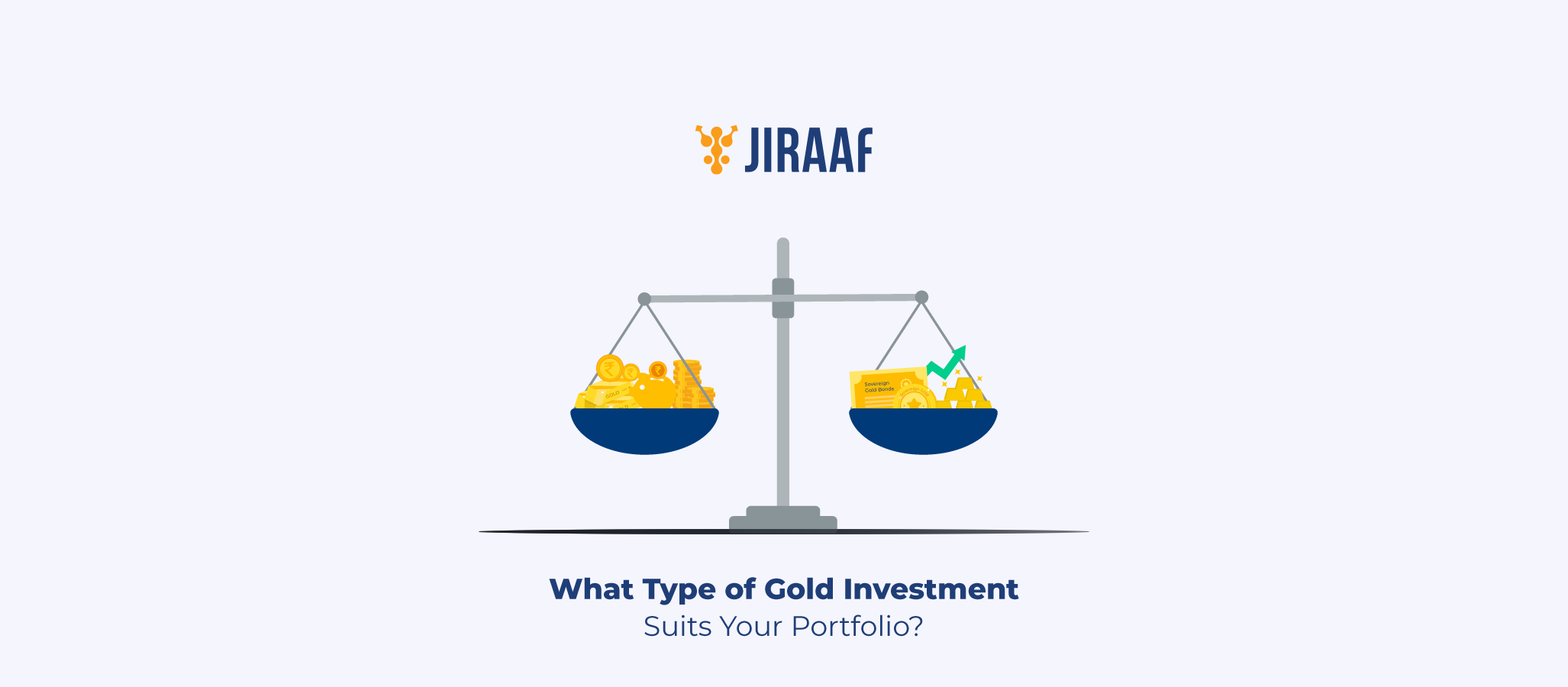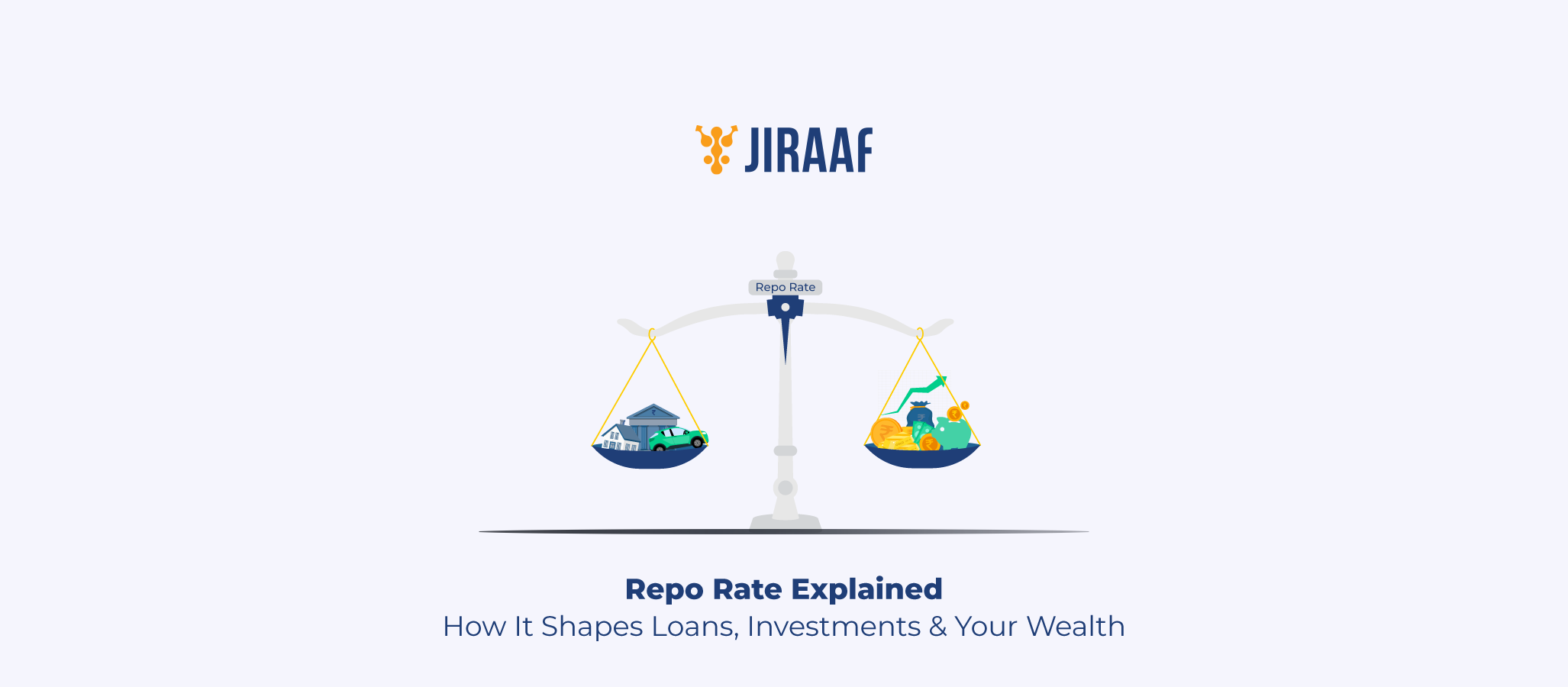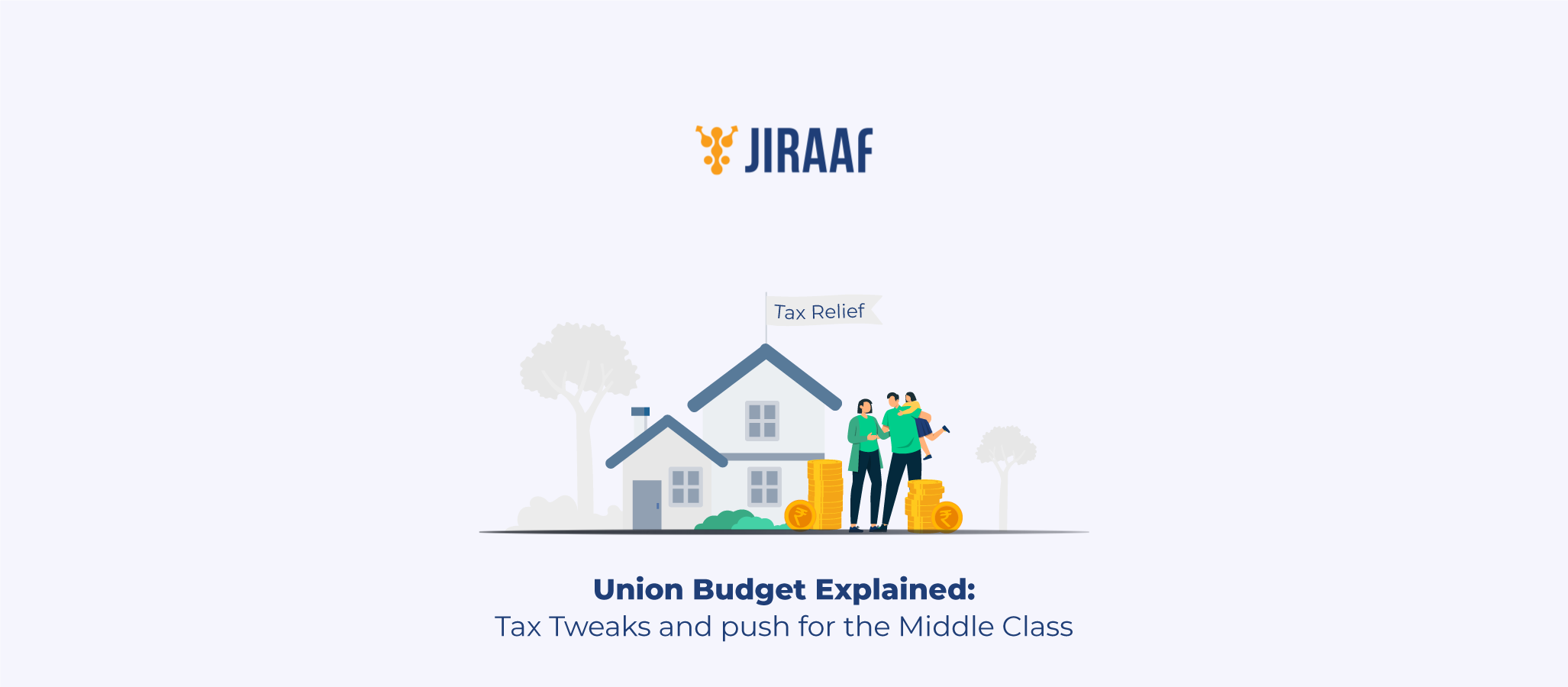Exchange Traded Funds (ETFs) and mutual funds are two of the most popular investment option, each offering a different approach to portfolio diversification and asset allocation. While both aim to provide investors with a range of investment opportunities, their structures and strategies vary significantly. Understanding the differences between two is crucial for making informed investment choices.
In this blog, we’ll compare ETFs and mutual funds, highlighting their unique features, advantages, and potential drawbacks, to help you determine which investment type aligns best with your financial goals and strategy.
What is an ETF?
An ETF, or exchange traded fund, is a pooled investment security that can be bought and sold like an individual, it is traded on stock exchanges. It holds a collection of assets such as stocks, bonds, commodities, or a mix of these, and its value fluctuates throughout the trading day based on the value of the underlying assets. The first ETF was the SPDR S&P 500 ETF (SPY), which tracks the S&P 500 Index.
Advantages of ETFs:
- Diversification: ETFs are great for spreading your investment across a broad mix of assets. Instead of putting all your money into a single stock, ETFs let you invest in a variety of securities at once. This helps reduce the risk because no single poor performer can drastically impact your entire portfolio.
- Liquidity and Flexibility: ETFs can be traded on stock exchanges throughout the trading day, like individual stocks. This allows investors to buy and sell shares at market prices at any time during market hours, providing greater flexibility.
- Variety of Investment Choices: ETFs are available across a wide range of asset classes, including equities, bonds, commodities, and currencies. This variety allows investors to tailor portfolios to their specific investment goals and risk tolerance
- Limited Capital Gain Tax: ETFs are more tax-efficient because they are passively managed portfolios, which tend to realise fewer capital gains.
Disadvantages of ETFs:
- Trading Costs: While ETFs generally have low expense ratios, investors might incur trading commissions or bid-ask spreads when buying or selling ETFs, which can add to the cost, especially for frequent traders.
- Market Risk: ETFs are exposed to fluctuations in the market. If the underlying assets decline in value, the value of the ETFs also decrease.
- Tracking Error: Although ETFs aim to replicate the performance of an index or benchmark, there can be discrepancies between the performance of ETFs and that of the underlying index, known as tracking error.
- Liquidity Concerns: Most ETFs are easy to buy and sell because they’re traded frequently. However, some ETFs that focus on specific areas or have fewer investors might be harder to trade. This can result in larger differences between the buying and selling prices (called bid-ask spreads) and might make it harder to buy or sell at the prices you want.
What is a Mutual Fund?
Mutual funds pool in money from many investors to create a diversified portfolio of assets, such as stocks and bonds. Managed by professional fund managers, these funds aim to achieve specific goals by spreading capital across various assets. When you buy shares in a mutual fund, their value changes with the performance of the underlying assets, which means the return on your investment is directly tied to how well the associated assets perform in the market.
Advantages of Mutual Funds:
- Convenience: Mutual funds provide a simple way to invest without needing in-depth knowledge of the financial markets. Investors can invest in a diversified portfolio with a single transaction and benefit from professional management.
- Diversification: Mutual funds invest in a broad range of securities, such as stocks, bonds, or other assets, which helps diversify risk. This diversification can reduce the impact from a single investment that’s performing poorly in the overall portfolio.
- Affordability: Mutual funds often have relatively low minimum investment requirements compared to purchasing individual securities. This accessibility allows investors to start investing with smaller amounts and still achieve diversification.
- Automatic Reinvestment: Many mutual funds offer automatic reinvestment of dividends and capital gains, which can help grow your investment over time without additional effort.
Disadvantages of Mutual Funds:
- Lack of Control: Investors in mutual funds have no say in the specific investments made by the fund manager. Decisions about which securities to buy or sell are made by the fund manager, which can seem a little restricting for those who prefer to manage their own investments.
- Fees and Expenses: Mutual funds charge various fees, such as management fees, administrative costs, and purchase or sales loads (investors buy or sell shares). These fees can reduce the overall returns.
- Management Risk: The performance of a mutual fund heavily depends on the skills and decisions of the fund manager. If the manager makes poor investment choices or fails to adapt to changing capital market conditions, it can negatively affect the fund’s performance.
- Lack of Transparency: Some mutual funds may not provide frequent updates on investors holdings or changes in the portfolio. This lack of transparency can make it challenging for investors to understand exactly what they are invested in or how their money is being managed.
Difference Between ETF and Mutual Fund
| Aspect | ETFs (Exchange-Traded Funds) | Mutual Funds |
| Cost Structure | ETFs generally come with lower expense ratios. They may have brokerage commissions for trades. | Mutual funds often have higher expense ratios. They may come with load fees (front-end or back-end) |
| Taxation | ETFs are more tax efficient as they have a lower capital gains tax. | Mutual funds are less tax-efficient and may result in higher capital gains distributions. |
| Investment Approach | ETFs are mostly passive, tracking an index, while some are actively managed. | Mutual funds offer both passive and active management strategies, providing a wider range of investment approaches. |
| Minimum Investment | ETFs allow investors to buy as less as one share, while fractional shares are also available with some brokers | Often have minimum initial investment requirements |
| Trading | ETFs can be traded intraday at market prices and allow the use of limit orders, stop orders, and other trading strategies. | Mutual funds are traded once per day at the net asset value (NAV) after the market closes. |
| Transparency | ETFs typically disclose investors holdings daily, providing investors with up-to-date information | Mutual funds generally disclose investors holdings quarterly or semi-annually. |
| Creation/Redemption | ETFs are created and redeemed through authorised participants in large blocks and directly with the fund company. | Mutual funds are created and redeemed directly with the fund company. |
Downsides to Opting for ETFs over Mutual Funds
While ETFs have been garnering a lot of attention due to their potential benefits, every coin has two sides. So, before you rush to invest your money you must be aware of what the downsides are.
- Premiums Or Discounts: It’s possible that you would have to buy an ETF for more than its actual worth or sell it for less than its true value. This usually happens due to supply-demand dynamics, especially with less liquid or thinly traded ETFs.
- Complexity: Some types of ETFs, like leveraged or inverse ETFs, can be complex and carry additional risks. The former is designed to provide a significantly higher yield than its regular counterpart, whereas the latter is meant for short-term trading. Because of these facets, ETFs can also be much riskier than traditional ETFs.
- Dividend Payout Delay: Although investors do earn dividends from ETFs, there can be a delay in passing these gains on to them. This lag can have an impact on total returns and may cause some issues, particularly for those who view these payouts as additional income.
Which is Right for You: ETF or Mutual Fund?
ETFs are suitable if you value lower expense ratios and are comfortable with intraday trading. Mutual funds, on the other hand, offer professional management and automatic reinvestment, which can be beneficial if you prefer a hands-off approach and appreciate the convenience of managed investments.
Ultimately, the best approach may involve incorporating both ETFs and mutual funds into your investment strategy. This combination can provide the benefits of both cost efficiency and professional management, helping to balance out the risks associated with each type of investment.
Discover fixed income investments with Jiraaf, a SEBI registered online bonds platform that educates and brings access to a wide array of bonds. Sign up today to explore diversified fixed income investment opportunities to support your goal-based wealth creation journey. Start investing!




